
The main difference between polyamides and Nylon is that polyamides are the parent category of nylons made from the repeating units of molecules linked by the amide bonds.
At the same time, Nylon is the subcategory of polyamides produced from the process of polymerization of caprolactam (C6H11NO) or by combining the two polymers that are hexamethylenediamine (C6H16N2) & adipic acid (Hexanedioic, (CH2)4(COOH)2) through the process of polycondensation to make Nylon 6,6.
Polyamides and Nylon are often used in industries. They are majorly used in common industries for specific purposes in specific industry portions where they perform best.
Polyamides are majorly used in industries like textiles, robotics, paints, and epoxy paints, and to make different industrial equipment for medical, cooking, and furniture industries, and much more.
Nylon is majorly utilized to make automotive plastic parts and other industrial parts. It is also used in the textile, and electronic industries to make different machinery parts for industry usage, including 3d printing plastic many other industries also utilize parts manufactured with the help of nylon.
I have to mention here that Proleantech uses Polyamide and Nylon—that is real–in our regular processes and operations, with examples.
What is Polyamide?
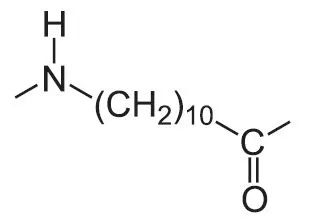
Polyamide molecule structure
Polyamides, a material patent by DuPont in the 1930s, combine long chains of polymers linked by amide bonds. Amide bonds are made up of carbon and oxygen molecules attached by making a bond with the atom of nitrogen in the presence of double bonds.
Polyamides have excellent physical properties, including high elasticity and tensile strength, high protection from impact, and versatility. However, despite these excellent properties, they might have poor resistance to moisture absorption.
Try Prolean Now!
Types of Polyamides Include:
1. Aliphatic Polyamides
This type of Polyamide includes many grades of polyamides connected by the straight chain of carbon groups, including Nylon 6, Nylon 6, 6, and Nylon 11. The primary application of aliphatic polyamides is in many industries, but they are in high demand, especially in the automotive industry.
2. Aromatic Polyamides
Aromatic polyamides, also known as aramids, are synthetic polymers with high-performance properties. They are highly mechanically strong and have high thermal, chemical, and flame resistance.
They have extensive applications in the aerospace, electrical, transportation, packaging, and textile industries, and they have many more applications in other industries.
3. Semi Aromatic Polyamides
Semi-aromatic polyamides are considered engineering thermoplastic Polyphthalamides (PPA). Their high performance and resistance to temperature make them useful where materials with high thermal and mechanical properties are required.
What is Nylon?
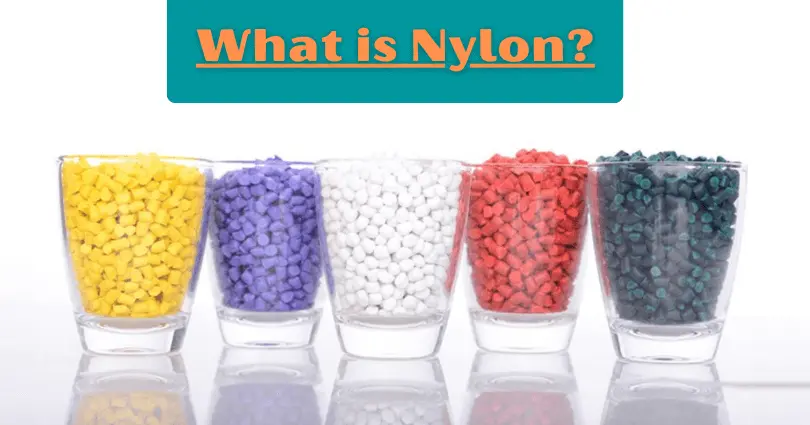
Nylon Visual
DuPont introduced the term Nylon in the 1930s. It is considered an engineering thermoplastic made of aliphatic polyamides. Proleantech customers now use Nylon as the best and most common choice for their industry parts manufacturing process.
Because it allows us and gives us the feasibility to heat it without any chemical change to mold it into your desired shapes of industry equipment or parts by the help of injection molding, laser cut nylon technique, extrusion, and many others, Proleantech offers your industry the possibility of one-day manufacturing of your industry parts made from Nylon by using these helpful and latest techniques.
The chemical properties of Nylon include its lustrous appearance, high strength of elasticity, and tensile strength, which makes it the most suitable material for equipment made to face high impacts. The extra strong bonds of Nylon make it oil—and chemical-resistant.
There are also some other chemical properties of Nylon that are resilience and durability in many cases, a good absorber of water, and the ability to dry quickly.
Also Read: Here is a complete guide that tells you the premium information about engineering plastic material and its importance in the new age industry. Must Read!
Differences Between Nylons and Polyamides
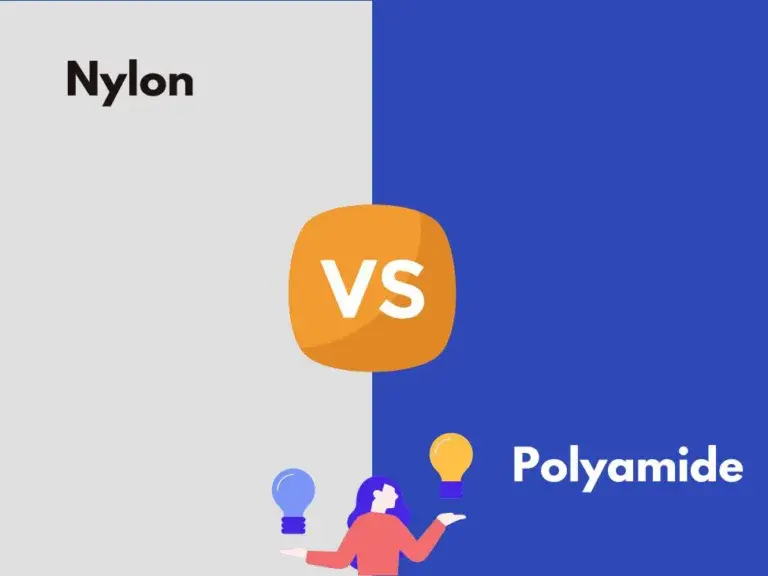
Differences between nylon & polyamide
Before discussing the key differences between nylons and polyamides, it is necessary to remember that there is not entirely a difference between them. Nylon is a subcategory of polyamides with some different chemical and physical properties.
Now, the difference occurs when we analyze the behavior of nylon and polyamide material simultaneously in different scenarios. Nylons have better properties than polyamides and their types, such as aromatic or semi-aromatic polyamides.
Nylons with a polar structure are produced synthetically, while polyamides are not and might not be produced synthetically but are also found as a natural source. Nylons are used where more stability, durability, and heat resistance are needed in the industry, while polyamides are mostly used for automotive, textiles, and many other industries.
Applications of Nylons & Polyamides in Manufacturing Industries
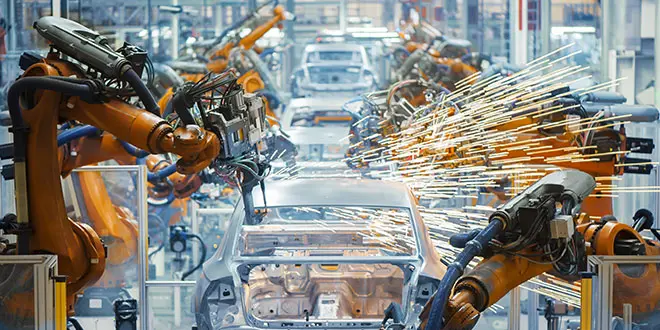
Applications of Nylons & Polyamides
There are many industrial uses of polyamides and nylons, such as manufacturing different parts for different industries. Here are some industries are mentioned:
1: Automotive: In the automotive industry, PA11 is used to manufacture automotive fuel lines and other materials where chemical resistance is needed.
2: Aerospace: In the aerospace industry, PAI is used in components like bearings, electric insulators, and seals where high electrical and thermal resistance is needed.
3: Industrial Machinery: In industrial machinery, the PA6T is used to make gear housings and many other components like this, where a material with the capacity to withstand high mechanical stress and temperature is needed.
4: Medical Devices: PA11 is a biocompatible component derived from castor oil. It is used in medical tubing and surgical equipment.
5: Electrical Industry: Nylon 6 is a good insulator, and it is used in electrical equipment where good insulation is required, such as wire insulators, circuits, and more.
6: Wear Resistance: Nylon 6,6 has an excellent wear resistance property, and it is the most demanding equipment for Proleantech clients, who require the material with super wear resistance. Bearings, gears, conveyor belts, and much more are applications of nylon 6,6 for industries that require wear-resistant equipment.
Try Prolean Now!
Why Material Selection Matters for Your Industry

Material Selection
Material selection matters a lot for your industry’s success. Selecting the right material at the right time for the right work will save you money, time, and effort. ProleanTech also provides the best plastic machining service with consultation to help you select the right material at a lower cost.
We are currently manufacturing custom parts using plastic CNC machining for industries like automotive, aerospace, defense, electronics, medical, and others, ensuring compliance with all international standards. Get a quote today!
FAQs
Is Nylon more expensive than Polyamide?
In short, no. Nylon proves to be more cost-effective for many industries that require the material to meet specific requirements like durability, heat and chemical resistance, and many other features.
Is Polyamide better or Nylon?
Nylon is usually a better option than polyamides when the material required by industries requires specifications and moderation, but many sectors also demand polyamides.
Contact us to determine the exact need for your industry’s smooth workflow and to order your custom parts now!
Is Nylon a Polyamide?
Yes, Nylon is the subcategory of Polyamide.

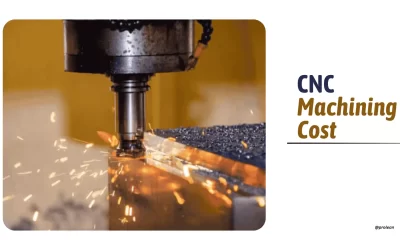
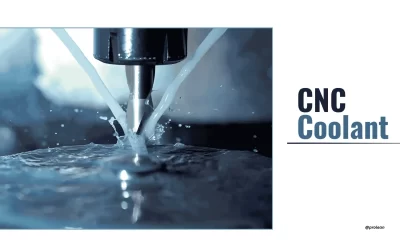
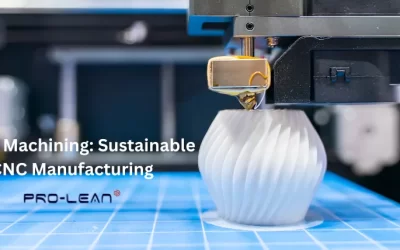
0 Comments